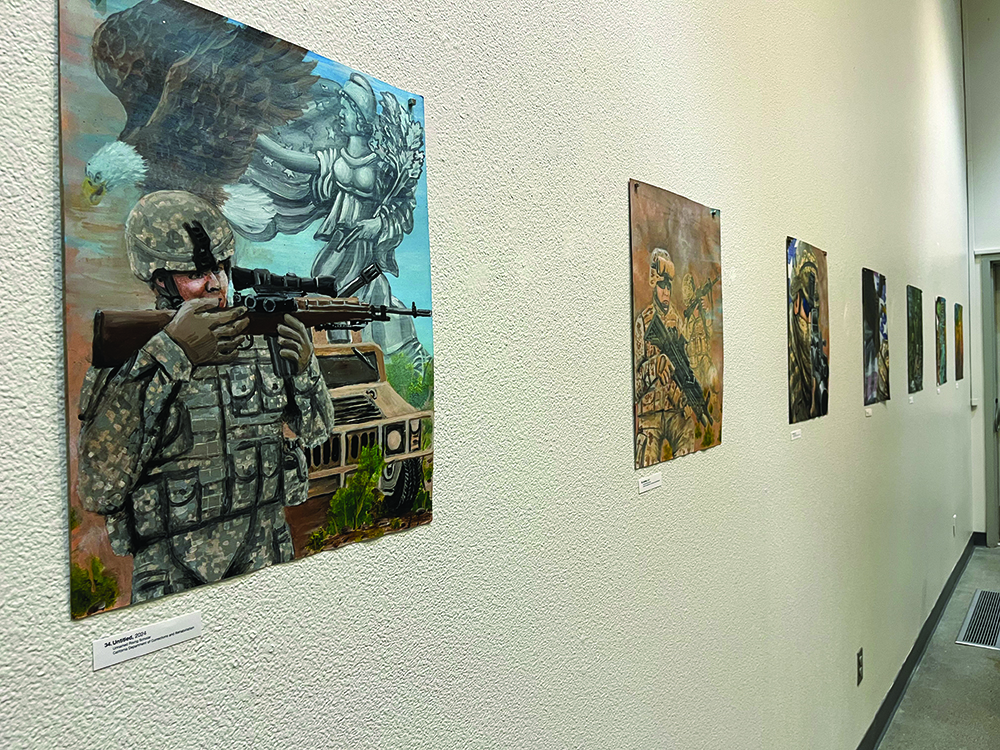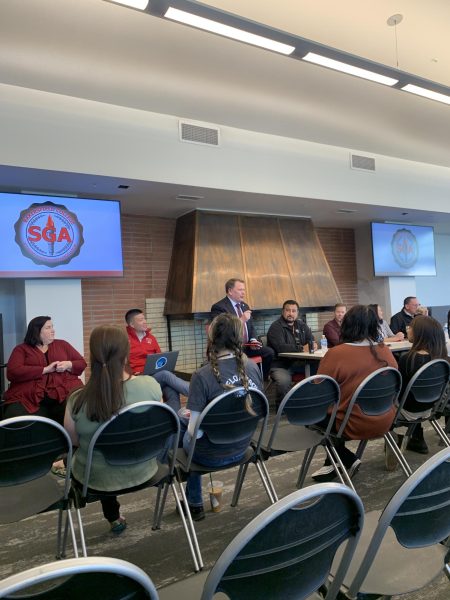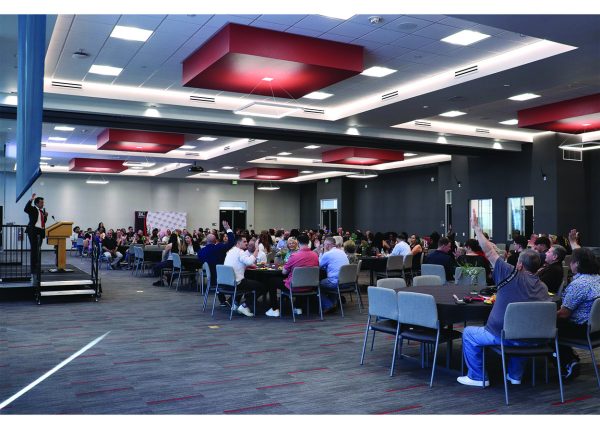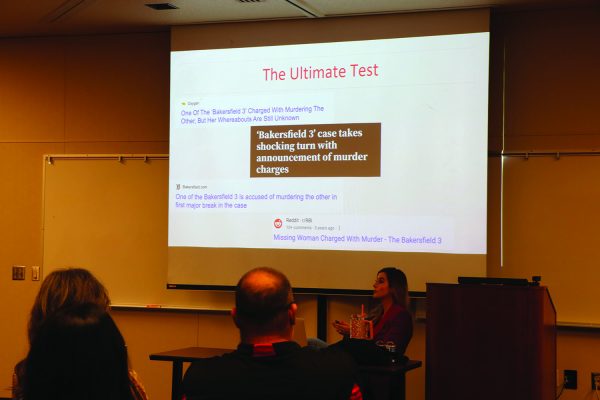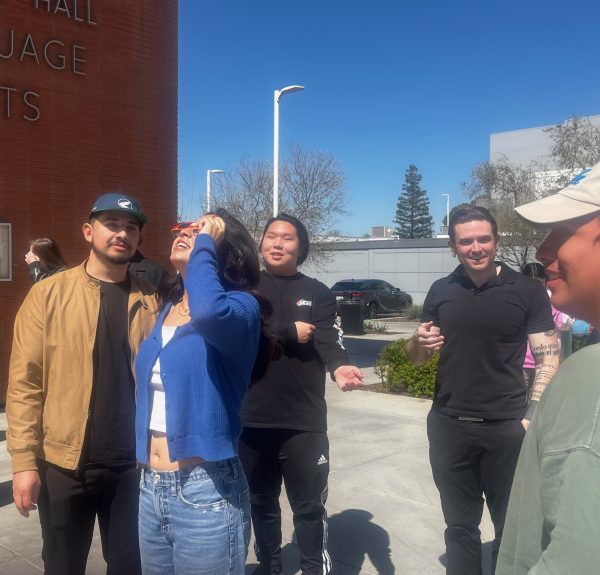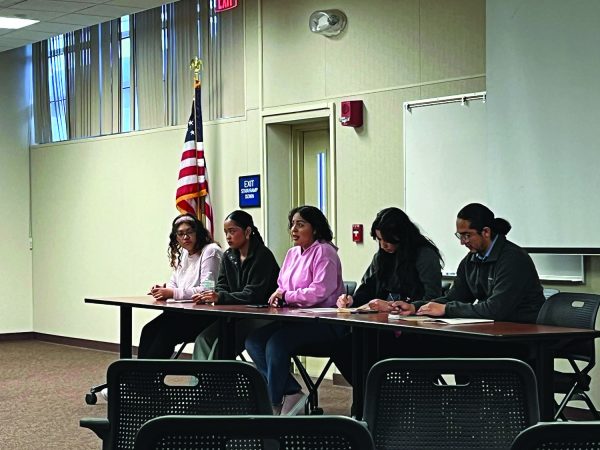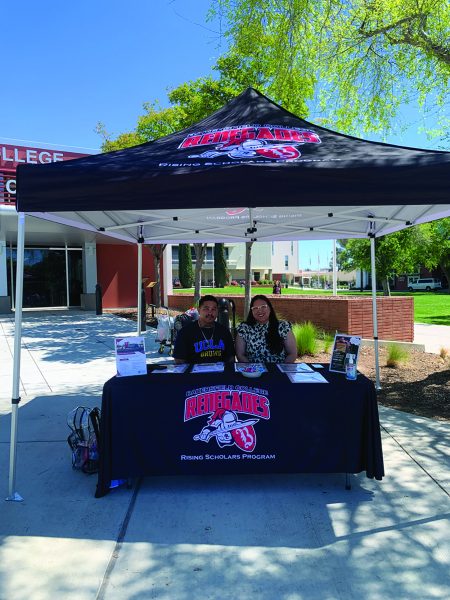Protests emerge as fate of DACA is in the balance
September 26, 2017
On Sept. 5, Attorney General Jeff Sessions made the announcement that the Trump administration would be ending the Deferred Action for Childhood Arrivals, or DACA program, unless Congress enacts a measure that will either continue or replace the program within the next six months.
The DACA program, which was implemented under an executive order by President Obama, has allowed approximately 800,000 immigrants who were brought to the US as children to obtain temporary work permits and valid driver’s licenses, enroll in college, and provides protection from deportation.
In order to qualify for DACA, one had to have arrived in the U.S. prior to turning 16, been residing here since before June of 2007, and could not be older than 30 when the policy was initially enacted in 2012. One also had to be able to pass an FBI criminal background check, and not have any serious criminal convictions on their record.
The announcement resulted in protests around the nation, including here in Bakersfield. Students from Highland, North, and East High School staged walkouts on Sept. 7 to show their support for DACA.
Bakersfield College student, Ivan Mendoza, 19, who moved to the United States from Mexico with his family at the age of 15 voiced his disappointment with DACAs potential removal.
“We got here and I found out about DACA, but you had to be [in the U.S.] for five years. I was 15 when I got here, so I just decided to keep coming to school and try to make a future for myself. This year was the last year before I would begin to qualify for DACA, and I just found out that it got removed,” Mendoza stated.
Mendoza voiced hope that Congress might come to a decision to save DACA, and expressed frustration at how limited the options for a path to citizenship are.
“If you go to [an immigration] office and try to fill out a form, you get deported … Basically, you don’t have a way to get your citizenship if you came here illegally, unless you marry someone, or your parents become citizens somehow, and they try to get you your papers, or you get adopted, if you’re a minor. Right now, I’m not a minor, so that option is out,” said Mendoza.
For now, Mendoza is still able to attend school and work in California. California is one of the few states that allows undocumented immigrants to attend school and qualify for some level of financial aid, even without DACA protections.
Like Mendoza, 78 pecent of the people who are protected under DACA hail from Mexico.
Mendoza claims that the biggest differences between Mexico and the U.S. are access to education, access to employment, and the rate of crime.
“There is no way for you to get extra help [in Mexico]. That’s why a lot of people decide not to go to school, and some stop going to school before they even finish middle school … If you live in a situation where you have no way to get money because you don’t have an education, and you see your family and you love your family. You don’t want them to starve to death. You have to find a way to make money, and there’s not that many ways to make money. Especially in places like the small city that I came from,” said Mendoza.
Mendoza points to these issues as the reason so many make the choice to come to the U.S. in the first place.
As of Sept. 14, after a sit down between House Minority Leader, Nancy Pelosi, New York Senator, Chuck Schumer, and President Trump, there are talks of the possibility of a bipartisan effort to save DACA in exchange for heightened border security.


